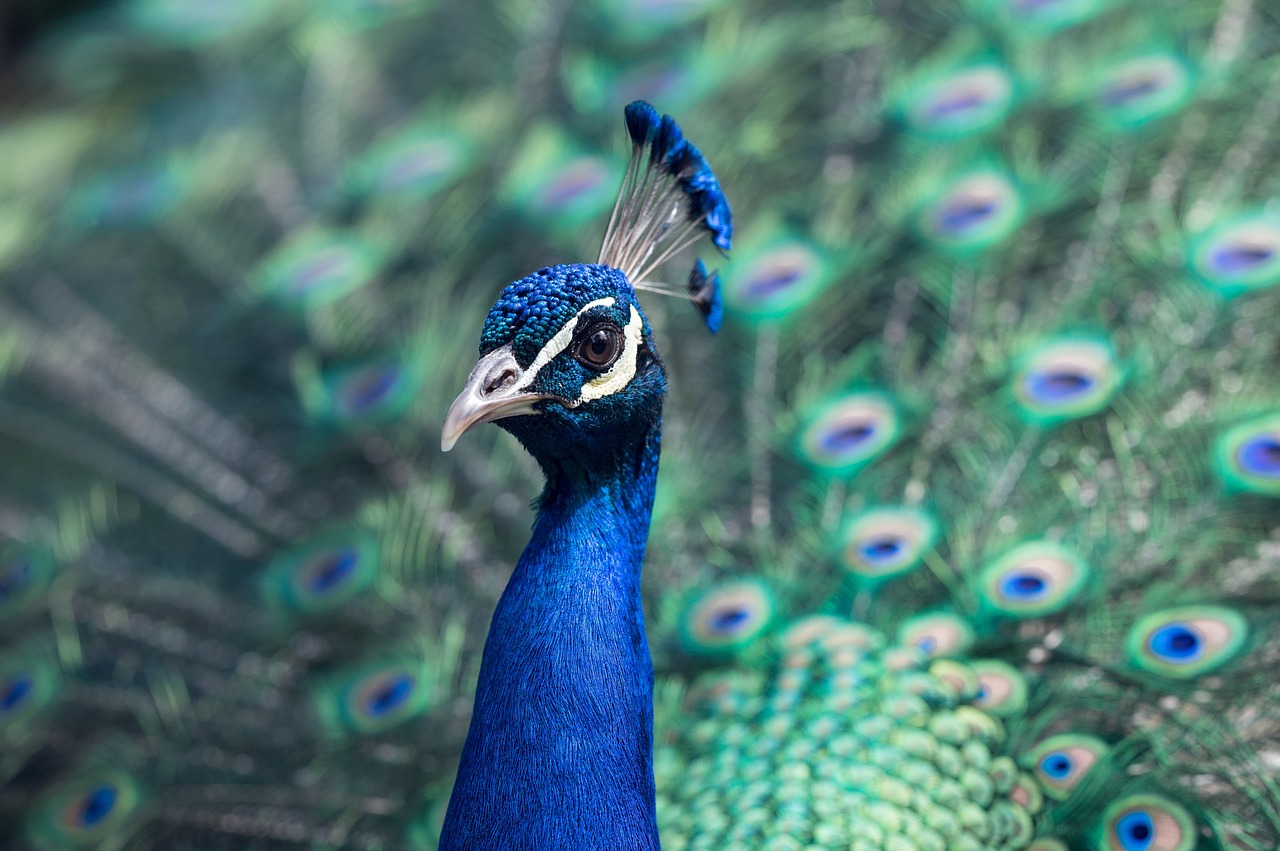
How Biological Response May Help Avert another Mass Extinction of Species
- News
- 1.8K
A recently published study in journal PNAS documents how sea stars resort to rapid genetic selection when subjected to the shock of mortality due to a wasting disease. The ‘genetic selection’ in response to massive perturbation led to rapid evolution of a resilient genetic variant that will survive for many generations.
Each species carries genes that may help it survive a perturbation like global warming and in some species, those genes begin to appear more frequently in newborns in response to the perturbation. This is called genetic selection – an increased frequency of a particular gene in response to environmental change or increased predation due to natural predators or humans. Such biological response to ecological disturbance is a constant reminder that nature makes the rules while biology finds the loopholes.
Human activities, particularly increased carbon emissions and global warming combined with habitat alteration and destruction, are an inexorable perturbation to the ecosystem and species. Human-induced or anthropogenic distress is so rapid that many species fail to respond fast enough to survive. Anthropogenic extinction of many species is now referred to as the ‘sixth extinction’.
The previous five mass extinctions wiped out as many as 90% or more of extant species at the time and were caused by natural drivers such as flood of basalts (magma flows that last for millions of years like the process that formed the Deccan Plateau in India) or meteorite strikes (like the one that likely wiped out the dinosaurs).
Each of the mass extinctions in the past opened up new environmental niches which were quickly occupied by new species, leading to an increase in biodiversity. The response of species in the ‘sixth extinction’ will not be known for many centuries or millennia since that is rather ‘quick’ response time for many species. A number of species like the sea stars do respond within our lifetime and such responses provide excellent insights into evolutionary processes and their timescales as well as potential pathways to apply the advances in genetic science to mitigate the ‘sixth extinction’.
The drivers of the ‘sixth extinction’ include decimation of megafauna such as the mammoth by hunter-gatherer as well as disappearance of many species of birds, insects, and large animals due to human activities ranging from global warming, urbanization, habitat loss due to deforestation, forest degradation, pesticide use, air and water pollution, etc. There is documentary evidence of biological responses that correspond to each of these environmental changes that are either genetic selection or morphological changes.
It is important to focus on negative ecological responses from dwindling polar bear population due to decreasing Arctic ice cover to the mysterious drop in bee population. At the same time, there are species that respond resiliently or even thrive under anthropogenic perturbations. The wasting disease that struck the sea stars may not be directly attributable to humans but we do know that warming brings increased disease pressure because many microbes and pathogens respond positively to warmer temperatures. Biological responses more directly related to human perturbations are worth noting.
Coral bleaching due to warming and ocean acidification is reported widely. Some corals on the other hand, such as those in the Gulf of Aqaba, are resistant to warming and acidification. This is similar to the species of corn that does well in hot and dry climate compared to others that can survive only in relatively cooler and wetter climates.
Rapid urbanization has also elicited rapid evolution in resilience or adaptation among various birds and insects from the feather color of pigeons due to increased melanin, wingspans of sparrows reduced to maneuver through urban traffic and buildings, altered notes of great tits to be heard over the urban din, and reduced attraction of moths to harmful artificial light.
Another example is a study – of which the author was a part – of how global warming itself produces unexpected environmental niches which are beneficial to some species. Global warming and related changes in winds are found to expand the region of upwelling or upward movement of colder, deeper waters around Isla Isabela – the largest island in the Galapagos archipelago. This expansion of local upwelling is associated with nutrient supply from deep and thus rich in fisheries. This bounty of fish has led to a recovery of the Galápagos penguins which were on a path to extinction due to factors like the introduction of rats which predated on penguin eggs.
While the ‘sixth extinction’ may well be a justified narrative for human impact on biodiversity, it is important to use the rapid advances in genetic science, to explore novel ways to mitigate the extent of the ‘sixth extinction’.
Can the genetic traits from the resilient species of corals or corn or sea stars be transplanted into their cousins that are less resilient or slower to adapt to human and natural environmental disturbances? Can artificial habitats be created following the example of Isla Isabela to provide shelter to species teetering on the edge of extinction? Many such efforts are underway as terrestrial and marine protected zones but the natural genetic resilience and capacity for adaptation of many species may offer bolder ways to expedite the slowing of the ‘sixth extinction’. (India Science Wire)
The author is a Professor at the Earth System Science Interdisciplinary Center, the University of Maryland and a visiting faculty at IISER, Pune, and IIT, Bombay.
For the latest Science, Tech news and conversations, follow Research Stash on Twitter, Facebook, and subscribe to our YouTube channel


